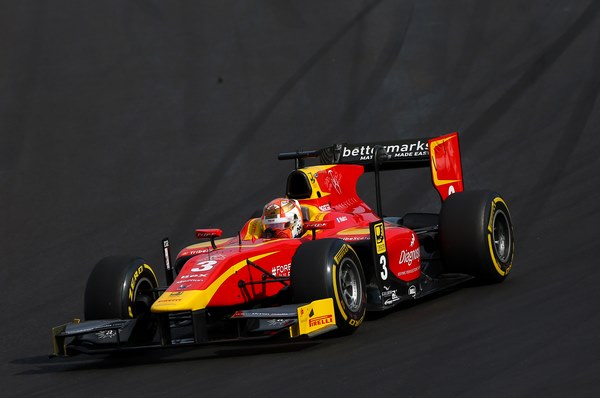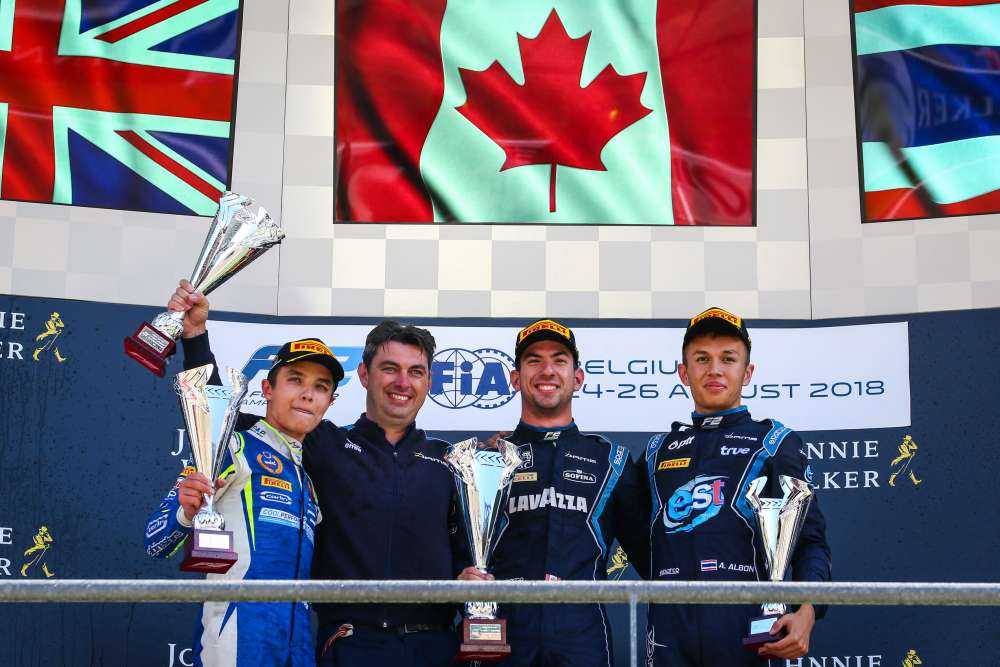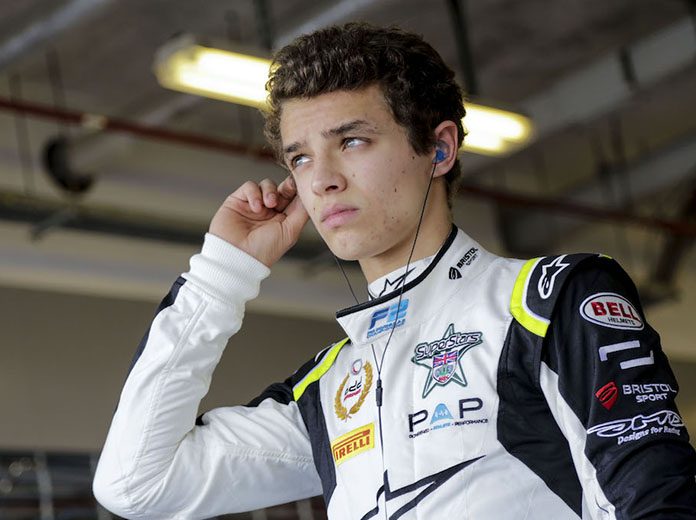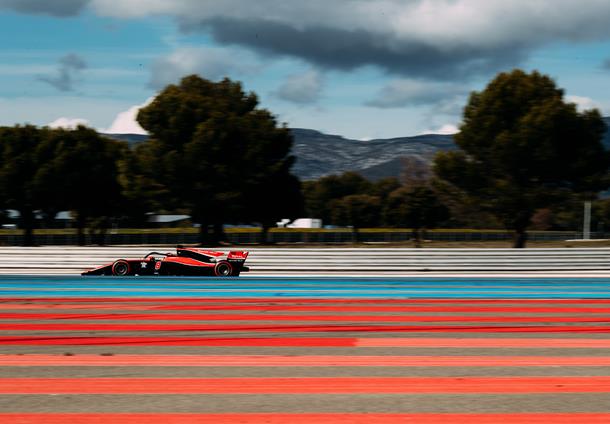Racing Engineering and its drivers, Norman Nato and Jordan King, are ready to race in Hockenheim.
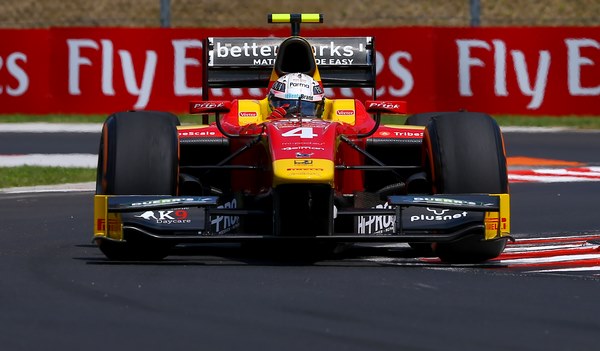
| This weekend it is the turn of Hockenheim in Germany to host the next round of the 2016 GP2 Series and the season is moving towards a very exciting climax as, with twelve races completed and ten still to go both the Drivers’ and Team Championships are still wide open. The last round at the Hungaroring was largely positive for the Racing Engineering team with Norman finishing 7th and 3rd in Saturday and Sunday’s races to lie 5th in the Championship and Jordan taking 8th and 2nd to move up to 6th, one point behind his teammate. In the Team Championships racing Engineering are now in 2nd place.
It is two years since the GP2 cars last raced at Hockenheim and on that occasion Racing Engineering took a win with Stefano Coletti and they have taken four other top four placings in the last three visits to Hockenheim so the t! eam are looking forward to adding to this very impressive record. The revised 4.574km Hockenheimring, designed by Hermann Tilke in 2001, no longer has the fast sweeping straights running through the forests that made the old track so intimidating. It now comprises 17 corners, a number of which are relatively tight but it still boasts the famous concrete Stadium section where all the fans gather to watch the racing. This weekend Pirelli will be supplying their P Zero White medium tyre together with the Yellow soft compound for the two races this weekend. Practice: Fri 29 Jul 2016, 12:00 (GMT+2) |
 |
|
|
|
|
|
 |
|
|
